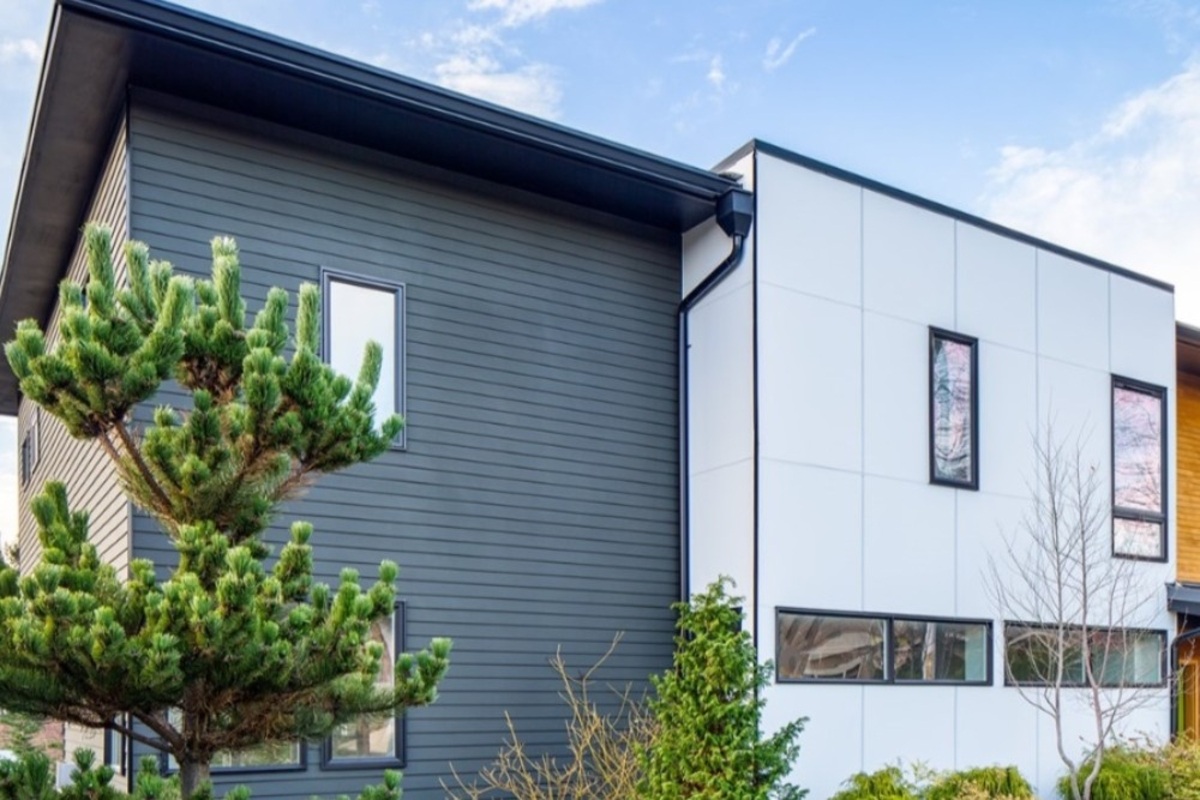It is completely feasible to replace a window without removing or harming the siding, thanks to methods such as retrofitting or insert installation. This approach ensures an efficient and minimally invasive update to your windows while safeguarding the integrity and aesthetics of your home’s exterior. Learn more about this process in the sections below.
What’s Involved in Window Replacement Without Removing Siding?
1. Choosing the Right Replacement Windows
Replacement windows are specifically designed to fit into the existing window openings without disturbing the surrounding structures, including the siding. These windows are installed directly into the existing frames, making the process straightforward and less cumbersome.
2. Preparation and Removal
The first step involves carefully removing the interior trim to expose the existing window frame and attachments without affecting the siding. The condition of the existing frame is crucial; it must be sound and sturdy to support the new window.
3. Installation Process
After removing the old window, the new unit is inserted into the opening. This step requires precision to ensure the window is level and fits snugly. If necessary, new exterior trim may be added to cover any gaps, and caulking is applied to seal the window and prevent drafts and water leaks.
4. Final Touches
The finishing phase includes installing interior trim and ensuring all gaps are sealed with insulation and caulking for energy efficiency. It’s also essential to check the installation for any potential leaks or drafts around the new window.
Benefits of Retrofitting Windows
- Less Intrusive: Since the siding is not removed, the installation causes minimal disruption to the home’s exterior aesthetics and structure.
- Cost-Effective: Avoiding the removal of siding can reduce labor costs and the risk of unexpected expenses due to siding damage.
- Faster Installation: The process is typically quicker because it eliminates the steps involved in siding removal and repair.
- Energy Efficiency: Properly sealed and installed retrofit windows can enhance the home’s energy efficiency by reducing air leaks.
When to Consider Full-Frame Replacement
While retrofitting is suitable for most situations, there are instances where a full-frame replacement might be necessary. This is particularly the case if the existing frames are damaged or if you’re changing the size or style of the windows, which might require adjusting the siding.
In Summary
Updating your windows without removing the siding is not only possible but also advantageous in many scenarios. It offers a less disruptive and often more economical alternative to full-frame replacement. This method also helps preserve the existing facade of your home, maintaining the original exterior aesthetics and potentially increasing your property’s value.
If you’re considering this type of window upgrade, it’s crucial to work with skilled contractors who specialize in retrofit window installations to ensure the best results. Expert installation is key to maximizing the longevity and performance of your new windows. If you require further details or wish to discuss your need to replace a window, feel free to get in touch with us.













